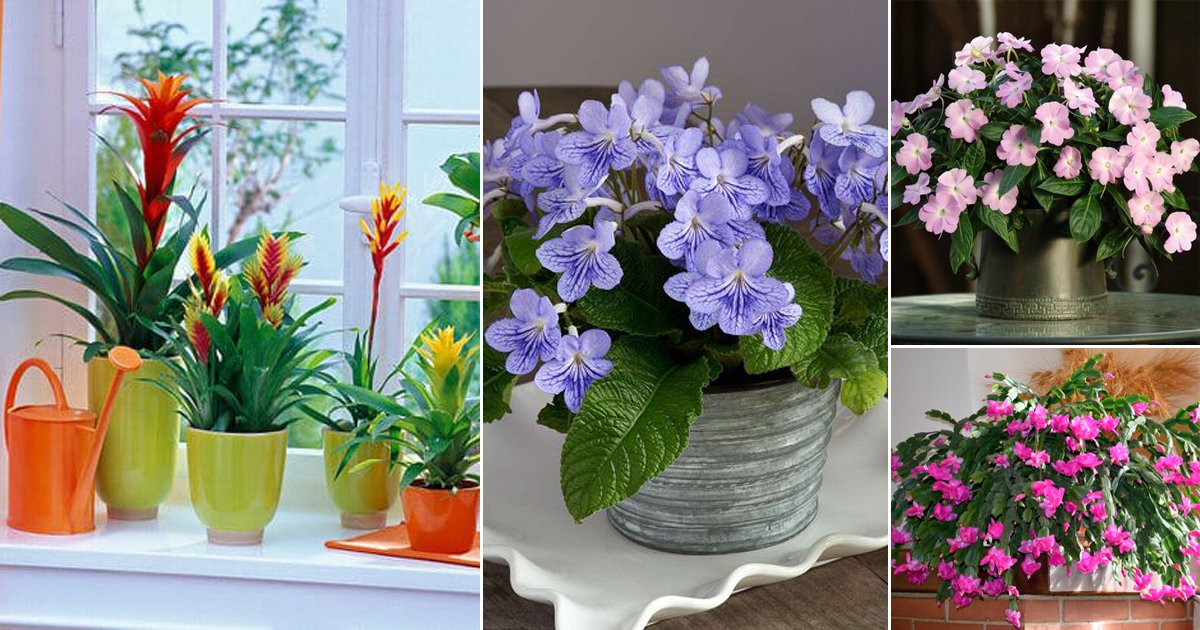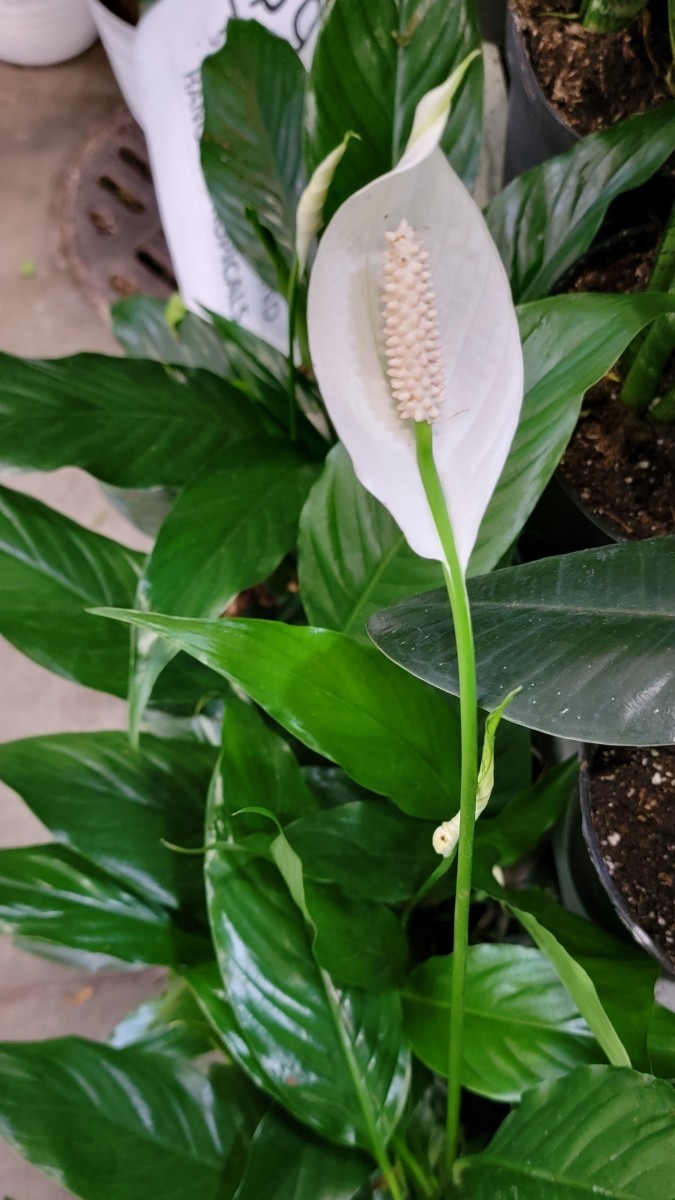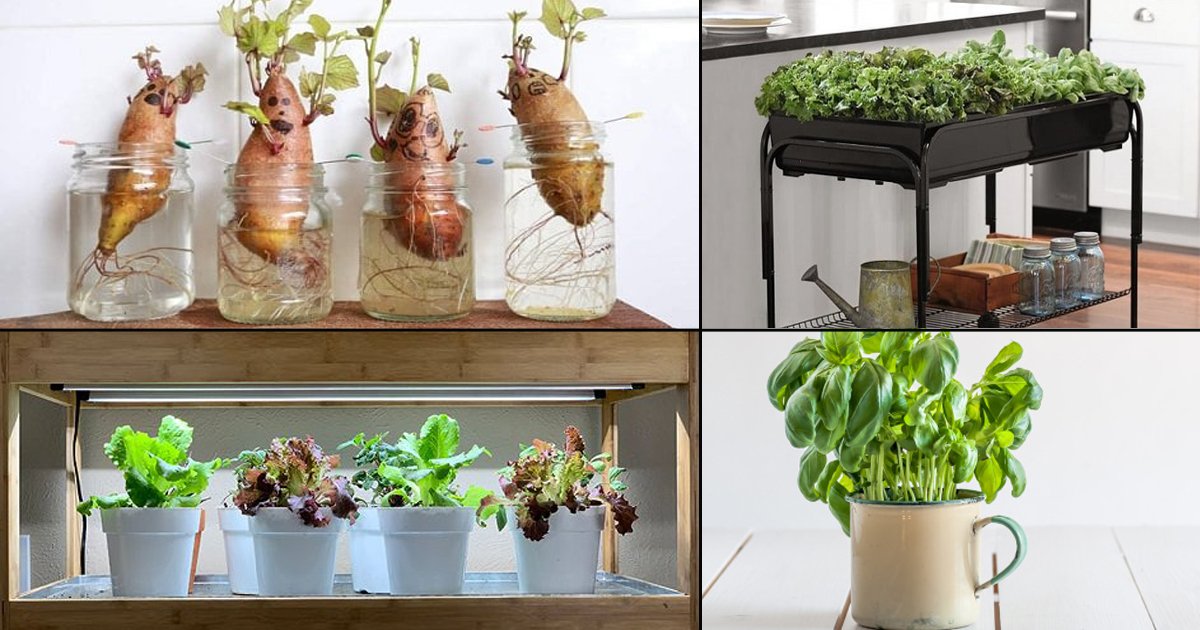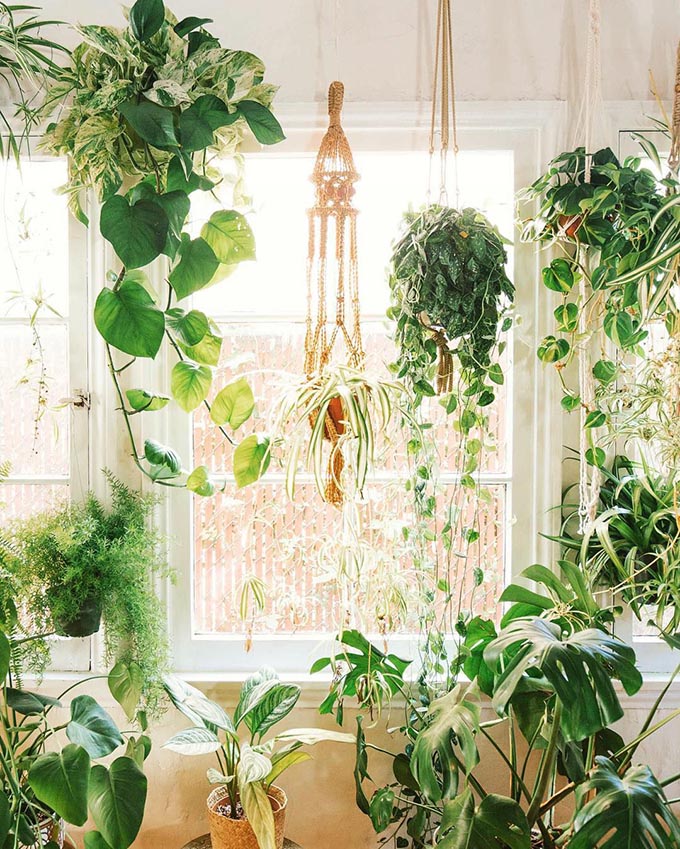Discover the Joy of Indoor Gardening
Indoor gardening is a fun and rewarding hobby that can bring numerous benefits to individuals of all skill levels. Not only can it purify the air and reduce stress, but it can also add a touch of natural beauty to indoor spaces. With a wide variety of plants to choose from, indoor gardening can be a great way to explore your creativity and connect with nature. Whether you’re a seasoned gardener or a beginner, growing plants indoors can be a fun and fulfilling experience. In fact, many people find that indoor gardening helps them relax and unwind, making it an excellent hobby for those looking to reduce stress and improve their mental well-being.
One of the best things about indoor gardening is that it’s easy to get started. With a few simple supplies, such as a pot, soil, and a plant, you can begin growing your own indoor garden. Plus, with the right plants, indoor gardening can be low-maintenance and easy to care for. For example, plants like snake plants and spider plants are great for beginners because they’re easy to care for and can thrive in a variety of lighting conditions. By incorporating these plants into your indoor garden, you can enjoy the benefits of indoor gardening without a lot of fuss.
In addition to the benefits of air purification and stress reduction, indoor gardening can also add a touch of personality to your indoor space. With a wide variety of plants to choose from, you can select plants that fit your personal style and decor. For example, if you’re looking for a plant that’s a bit more exotic, you might consider growing an air plant or a succulent. These plants are not only unique and interesting, but they’re also relatively low-maintenance and easy to care for.
Overall, indoor gardening is a fun and rewarding hobby that can bring numerous benefits to individuals of all skill levels. Whether you’re looking to purify the air, reduce stress, or simply add a touch of natural beauty to your indoor space, indoor gardening is a great way to achieve your goals. So why not give it a try? With a few simple supplies and a little bit of creativity, you can start growing your own indoor garden and enjoying the many benefits it has to offer.
Easy-to-Grow Plants for Beginners
If you’re new to indoor gardening, it’s essential to start with plants that are easy to grow and require minimal maintenance. Some of the best plants for beginners include snake plants, spider plants, and ZZ plants. These plants are perfect for indoor spaces because they can thrive in a variety of lighting conditions and require infrequent watering.
Snake plants, also known as Mother-in-Law’s Tongue, are one of the most low-maintenance plants you can grow indoors. They can survive in low-light conditions and only need to be watered once a week. Spider plants are another great option for beginners. They prefer bright, indirect light and should be watered once a week. ZZ plants are also low-maintenance and can tolerate a range of lighting conditions. They only need to be watered once every 10-14 days.
In addition to these plants, there are several other easy-to-grow options for beginners. Pothos, Dracaena, and Philodendron are all great choices because they can thrive in a variety of lighting conditions and require minimal care. When growing these plants, it’s essential to remember to water them sparingly and provide them with the right amount of light.
When it comes to fertilizing your indoor plants, it’s essential to use a balanced fertilizer that contains equal amounts of nitrogen, phosphorus, and potassium. You can also use a fertilizer that is specifically designed for indoor plants. It’s also important to repot your plants every 1-2 years to provide them with fresh soil and a larger pot if necessary.
By starting with easy-to-grow plants and following these simple care tips, you can create a beautiful and thriving indoor garden. Remember to choose plants that fit your lifestyle and the specific conditions of your indoor space. With a little practice and patience, you can become an expert indoor gardener and enjoy the many benefits of growing plants indoors.
How to Create a Thriving Indoor Garden
Creating a thriving indoor garden requires careful consideration of several factors, including the right containers, soil, and fertilizers. Choosing the right container is essential, as it can affect the health and growth of your plants. Look for containers that are well-draining and have good aeration to prevent waterlogged soil and root rot.
Soil is another critical component of a thriving indoor garden. Look for a high-quality potting soil that is specifically designed for indoor plants. This type of soil will be formulated to retain moisture but also drain excess water, preventing waterlogged soil. You can also consider using a soilless potting mix, which can be a good option for plants that prefer well-draining soil.
Fertilization is also essential for a thriving indoor garden. Look for a balanced fertilizer that contains equal amounts of nitrogen, phosphorus, and potassium. You can also consider using a fertilizer that is specifically designed for indoor plants, as these will be formulated to meet the unique needs of plants grown indoors.
Lighting is another critical factor to consider when creating a thriving indoor garden. Most plants require bright, indirect light to photosynthesize and grow. However, some plants can tolerate low light conditions, so it’s essential to choose plants that are suitable for the lighting conditions in your home. Temperature control is also important, as most plants prefer daytime temperatures between 65-75°F (18-24°C) and nighttime temperatures 5-10°F (3-6°C) lower.
In addition to these factors, it’s also essential to consider the humidity levels in your home. Most plants prefer a humid environment, typically between 40-60% relative humidity. You can increase the humidity around your plants by placing the pot on a tray filled with water and pebbles or using a humidifier.
By considering these factors and creating a well-planned indoor garden, you can enjoy the many benefits of growing plants indoors, including air purification, stress reduction, and aesthetic appeal. With a little practice and patience, you can create a thriving indoor garden that brings joy and beauty to your home.
Unconventional Plants to Add Some Whimsy to Your Space
If you’re looking to add some personality to your indoor space, consider growing some unconventional plants that are sure to spark conversation. Air plants, succulents, and carnivorous plants are just a few examples of unique and fascinating plants that can add a touch of whimsy to your home.
Air plants, also known as tillandsia, are epiphytes that don’t require soil to grow. They absorb moisture and nutrients through their leaves, making them a low-maintenance option for indoor gardening. Simply mist them with water 1-2 times a week, and they’ll thrive. You can attach them to rocks, driftwood, or even hang them from the ceiling to create a stunning display.
Succulents are another great option for adding some personality to your indoor space. These plants are known for their thick, fleshy leaves that store water, making them drought-tolerant and perfect for forgetful gardeners. Some popular succulent species include aloe, agave, and echeveria. They come in a variety of shapes, sizes, and colors, making them a great addition to any room.
Carnivorous plants, such as Venus flytraps and pitcher plants, are a great option for those who want to add a touch of drama to their indoor space. These plants obtain essential nutrients by capturing and digesting insects, making them a fascinating addition to any room. They require a bit more maintenance than other plants, but the reward is well worth the effort.
Other unconventional plants that can add some whimsy to your space include prayer plants, nerve plants, and sensitive plants. These plants are known for their unique foliage and growth habits, making them a great addition to any room. With a little creativity and experimentation, you can create a stunning and one-of-a-kind indoor garden that reflects your personality and style.
When growing unconventional plants, it’s essential to research their specific needs and requirements. Some plants may require more maintenance than others, but with the right care and attention, they can thrive and bring joy and beauty to your indoor space.
DIY Planters and Decorative Ideas
When it comes to displaying and decorating your indoor plants, the possibilities are endless. With a little creativity and some basic materials, you can create unique and beautiful planters that add a touch of personality to your space. Here are some DIY planter and decorative ideas to get you started:
Macrame Hangers: Create a bohemian-inspired look with macrame hangers. You can use cotton rope, wooden dowels, and a few basic knots to create a stunning hanger that adds a touch of whimsy to your space.
Terrariums: Terrariums are a great way to display small plants and add a touch of elegance to your space. Simply choose a glass container, add a layer of small rocks, soil, and plants, and you’re done.
Mason Jar Planters: Mason jars are a great way to add a touch of rustic charm to your space. Simply choose a jar, add some soil and plants, and you’re done. You can also add some decorative paint or twine to give it a more personalized look.
Wooden Planters: Wooden planters are a great way to add a touch of natural beauty to your space. Simply choose a wooden planter, add some soil and plants, and you’re done. You can also add some decorative carvings or stains to give it a more personalized look.
Geometric Planters: Geometric planters are a great way to add a touch of modern style to your space. Simply choose a planter with a geometric shape, add some soil and plants, and you’re done. You can also add some decorative paint or stickers to give it a more personalized look.
Repurposed Planters: Repurposed planters are a great way to add a touch of creativity to your space. Simply choose an old container, such as a plastic bottle or a cardboard box, and turn it into a planter. You can add some decorative paint or stickers to give it a more personalized look.
By using these DIY planter and decorative ideas, you can create a unique and beautiful indoor garden that reflects your personality and style. Remember to have fun and be creative, and don’t be afraid to experiment with different materials and designs.
Common Mistakes to Avoid When Growing Plants Indoors
When growing plants indoors, it’s easy to make mistakes that can harm or even kill your plants. Here are some common mistakes to avoid when growing plants indoors:
Overwatering: Overwatering is one of the most common mistakes people make when growing plants indoors. This can cause the roots to rot, leading to root decay and plant death. To avoid overwatering, make sure to check the soil moisture by sticking your finger into the soil up to the first knuckle. If the soil feels dry, it’s time to water.
Underwatering: On the other hand, underwatering can also be detrimental to your plants. This can cause the leaves to turn yellow and drop, and the plant to become stressed. To avoid underwatering, make sure to water your plants regularly, but avoid getting water on the leaves to prevent fungal diseases.
Inadequate Lighting: Most plants need bright, indirect light to photosynthesize and grow. However, some plants can tolerate low light conditions. To avoid inadequate lighting, make sure to choose plants that are suitable for the lighting conditions in your home.
Incorrect Temperature: Most plants prefer daytime temperatures between 65-75°F (18-24°C) and nighttime temperatures 5-10°F (3-6°C) lower. To avoid incorrect temperature, make sure to keep your plants away from heating or cooling vents, fireplaces, and drafty windows.
Poor Air Circulation: Poor air circulation can cause fungal diseases and pest infestations. To avoid poor air circulation, make sure to provide good air circulation around your plants by keeping them at least 6-8 inches away from any walls or surfaces.
Not Fertilizing: Fertilizing is essential for plant growth and development. To avoid not fertilizing, make sure to use a balanced fertilizer that is specifically designed for indoor plants.
By avoiding these common mistakes, you can create a healthy and thriving indoor garden that brings joy and beauty to your home.
Indoor Plants for Specific Needs: Air Purification, Fragrance, and More
Indoor plants can provide a range of benefits beyond just aesthetic appeal. Some plants are specifically designed to purify the air, while others can provide a pleasant fragrance or even have medicinal properties. Here are some examples of indoor plants that can meet specific needs:
Air-Purifying Plants: Peace lilies and spider plants are two examples of plants that are known for their air-purifying properties. These plants can help remove toxins and pollutants from the air, creating a healthier indoor environment.
Fragrant Plants: Lavender and jasmine are two examples of plants that are known for their pleasant fragrance. These plants can add a touch of elegance and sophistication to any room, while also providing a calming and relaxing atmosphere.
Plants with Medicinal Properties: Aloe vera is a plant that has been used for centuries for its medicinal properties. It can be used to soothe burns and skin irritations, and can even be used as a natural remedy for digestive issues.
Plants for Stress Relief: Some plants, such as snake plants and ZZ plants, are known for their ability to reduce stress and anxiety. These plants can help create a calming and relaxing atmosphere, making them perfect for bedrooms or meditation rooms.
Plants for Improved Sleep: Some plants, such as valerian and chamomile, are known for their ability to improve sleep quality. These plants can help create a relaxing and calming atmosphere, making it easier to fall asleep and stay asleep.
By choosing the right plants for your specific needs, you can create a healthier and more enjoyable indoor environment. Whether you’re looking for air-purifying plants, fragrant plants, or plants with medicinal properties, there’s a plant out there that can meet your needs.
Making Indoor Gardening a Sustainable and Eco-Friendly Hobby
Indoor gardening can be a fun and rewarding hobby, but it can also have a significant impact on the environment. From the materials used in planters and fertilizers to the water and energy required to maintain plants, indoor gardening can have a substantial carbon footprint. However, there are many ways to make indoor gardening a sustainable and eco-friendly hobby.
Using Recycled Materials: One of the easiest ways to make indoor gardening more sustainable is to use recycled materials. Consider using old containers, such as plastic bottles or cardboard tubes, as planters. You can also use recycled materials, such as old pallets or crates, to create a trellis or other support system for your plants.
Reducing Water Waste: Water is a precious resource, and indoor gardening can use a significant amount of water. To reduce water waste, consider using a drip irrigation system or a self-watering planter. You can also collect rainwater in a barrel or other container to use for watering your plants.
Choosing Environmentally Friendly Products: When it comes to fertilizers and other products for your indoor garden, choose environmentally friendly options. Consider using organic fertilizers, such as compost or manure, instead of synthetic fertilizers. You can also use natural pest control methods, such as neem oil or diatomaceous earth, instead of chemical pesticides.
Using Energy-Efficient Lighting: Indoor gardening often requires supplemental lighting, which can use a significant amount of energy. To reduce your energy usage, consider using energy-efficient lighting options, such as LED grow lights or fluorescent lights.
Creating a Sustainable Indoor Ecosystem: By creating a sustainable indoor ecosystem, you can reduce your impact on the environment and create a healthier and more sustainable indoor garden. Consider using a combination of plants that work together to create a balanced ecosystem, such as using nitrogen-fixing plants to fertilize other plants.
By following these tips, you can make indoor gardening a sustainable and eco-friendly hobby that not only brings joy and beauty to your home but also helps to reduce your impact on the environment.








